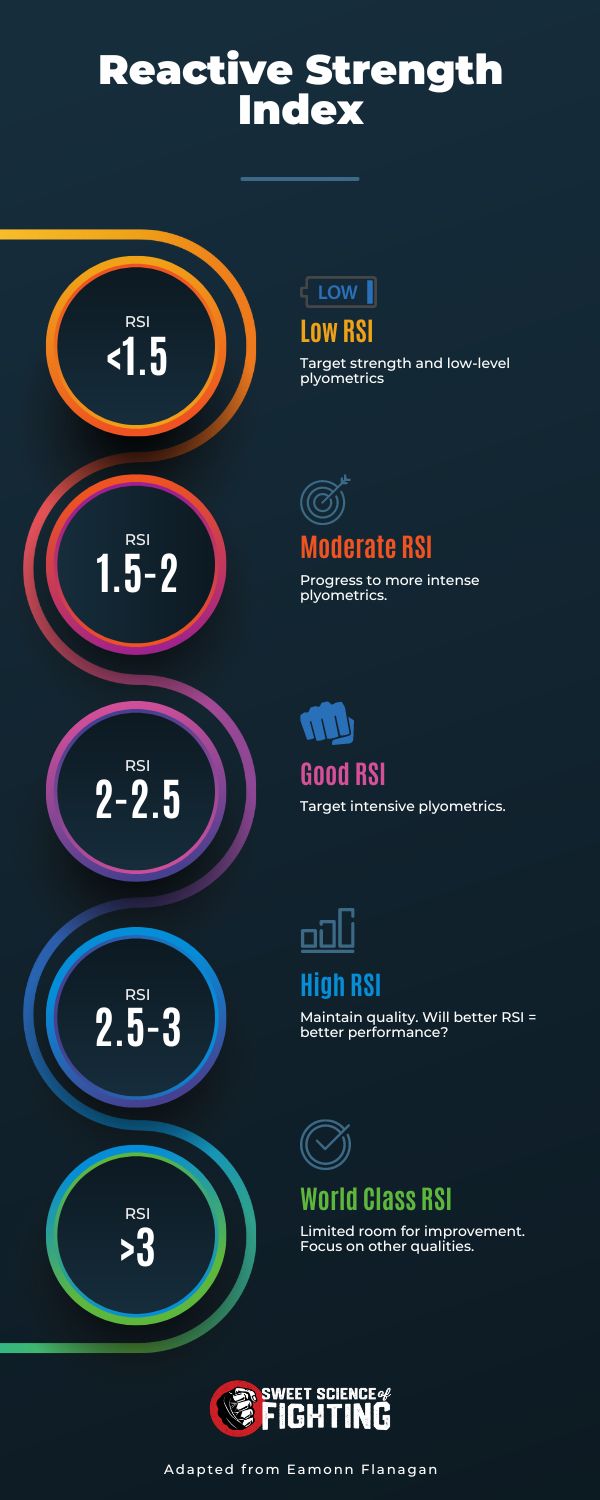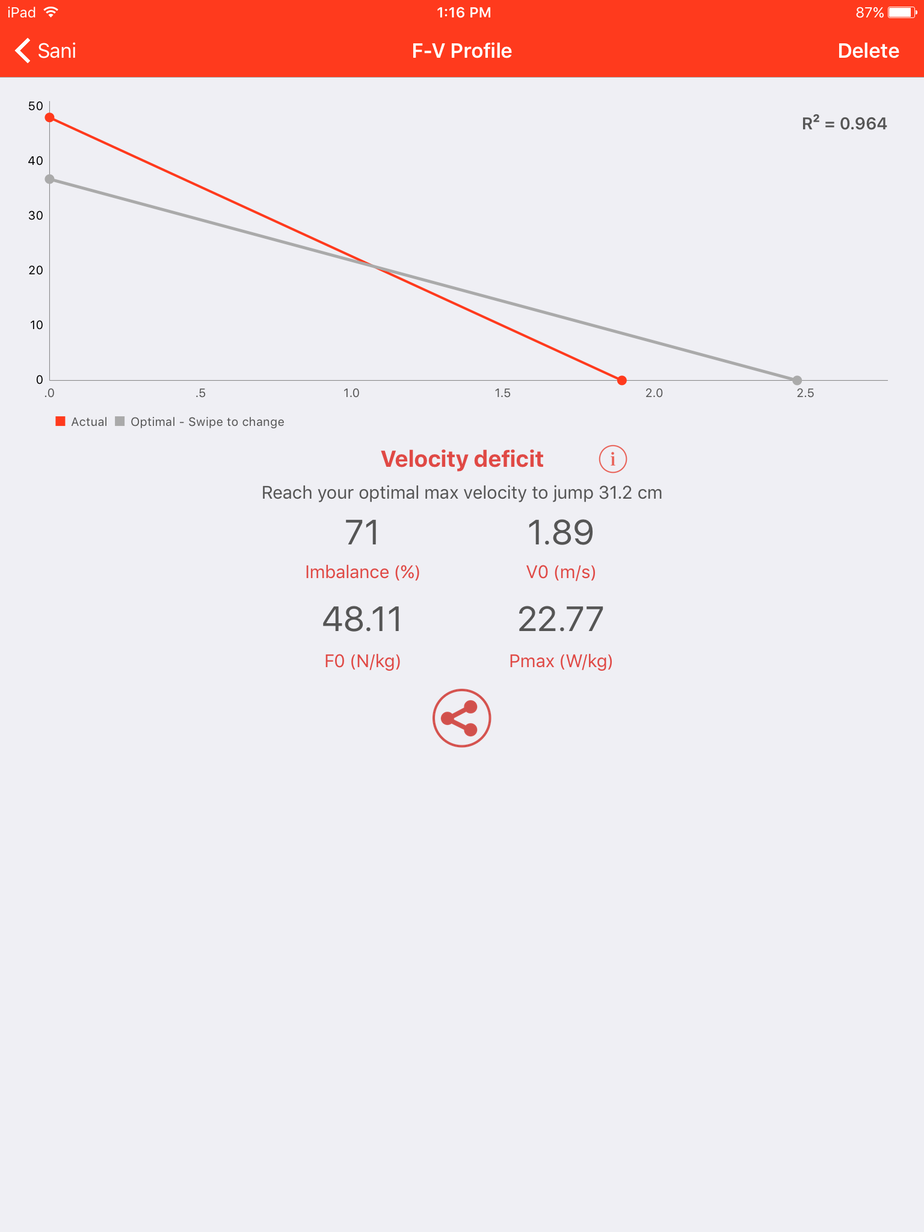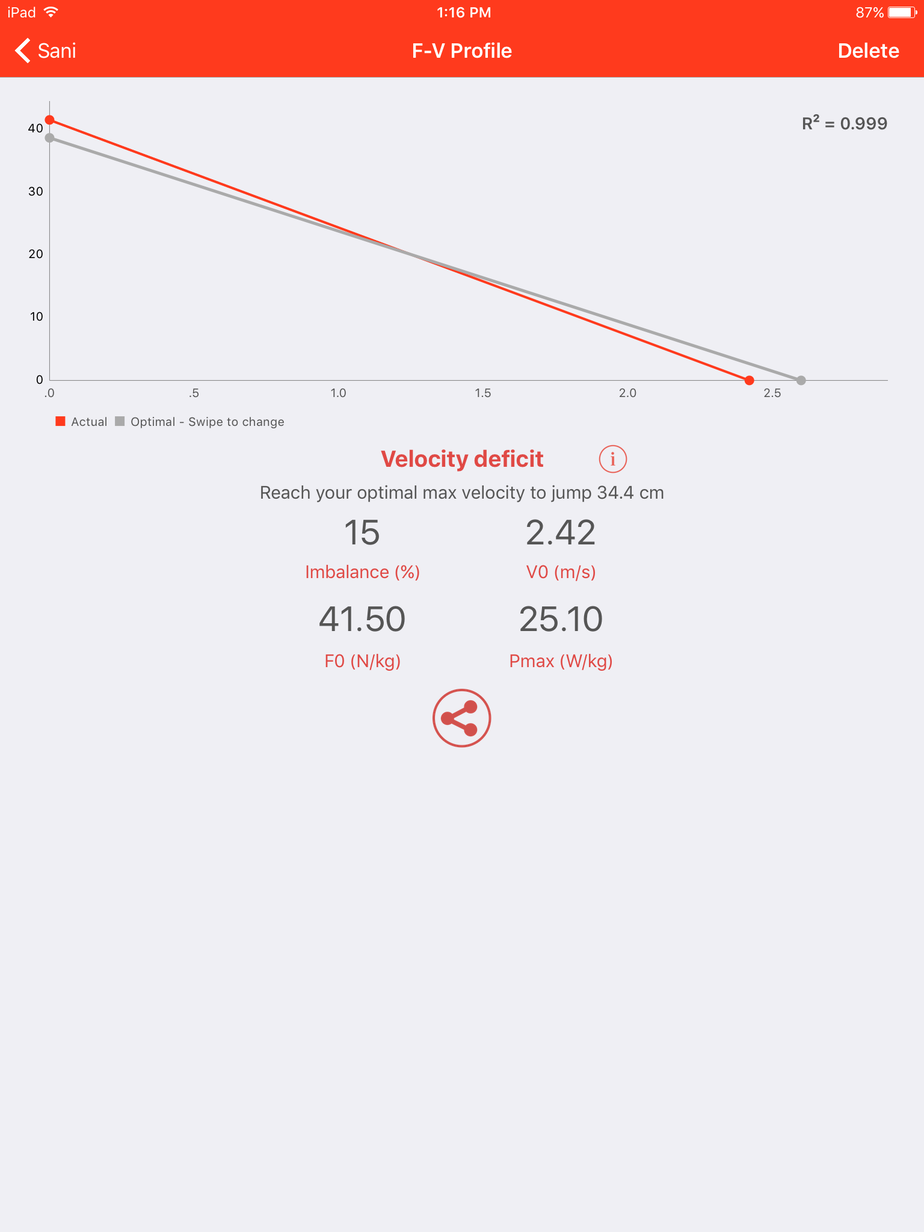Gone are the days of endless push-ups and sit-ups as a boxer's strength training routine. Sure, you still see outstanding technicians performing similar bodyweight routines. However, they are the best boxers not because of what they do regarding strength training but despite what they do.
Boxing strength training involves attacking qualities to improve boxing performance like reactive strength while reducing the risk of injury to common areas like the wrists and hands.
Before we dive into the performance side of boxing, we need to know what the common injuries are and if they can be prevented through specific strength training.
Boxing Injury Profile
A study in 2014 in the Orthopedics & Biomechanics journal followed 44 competitive boxers for a year [1]. 121 boxing matches were fought between them throughout the 12-month period.
Of the 192 injuries reported, 67 occurred during a fight and 125 during training. Boxers with more than 3 fights a year were substantially more likely to sustain an injury than those with less than 3 fights a year.
45% of injuries were to the head, primarily cuts and nosebleeds. 24% occurred in the arms/hands, mainly consisting of wrist contusions.
14% of injuries were rib bruises and low back pain. While lower body injuries made up 15% of injuries with thigh or calf muscle tears.
In a later review journal in 2015, they reported similar findings in the region of injury [2]. A review article summarises all of the research covering the topic and pools all the data together. They split the data up into professional and amateur boxers.
Professionals sustained the majority of their injuries to the head (74-96%) with a small minority to the arms/hands (0-22%), and virtually none to the trunk (2-5%) or legs (0-2%).
Amateurs on the other hand still had the majority of their injuries to the head (9-75%) but had far greater injuries to the arms/hands (14-55%), the legs (4-24%), and the trunk (0-16%).
In this review, concussions were the most significant injury to the head, while hand injuries comprised>75% of upper extremity injuries.
While many of these injuries aren’t directly preventable by strength exercise, extra wrist conditioning can be done to condition and thicken the wrist to take more impact.
Boxing Strength Profile
The importance of lower body power cannot be understated. National team boxers were put through a series of jumps and a simulated match [3]. Turns out, vertical jump height was highly correlated with the total number of punches thrown to the body and the effectiveness of punches to the head.
Further, how quickly these boxers could produce force during the squat jump (vertical jump with a pause before jumping) correlated with rear-hand punch performance and the effectiveness of head punches. The height of this jump also correlated with activity rate meaning those that could jump higher were more active during a fight.
Elite amateur boxers show similar traits; the squat jump and vertical jump performance explained 78% of punching impact force [4]. Meaning those who can jump higher, punch harder. This is further evidenced by elite boxers having greater contributions from the legs when throwing punches than novice boxers [5].
We also can't forget the upper body. Power generated in the bench pressjumping and bench throw show very strong correlations with punching power.
This framework provides a guideline for creating an effective strength training program specifically for a boxer.
How To Know Where To Start With Your Boxing Strength Training
There are two ways you can go about this:
I like option two better. It gives you direction in your program, so you’re not guessing what you need and addressing physical qualities that will transfer to boxing performance as they are limiting factors.
You likely don’t have a sports science lab and a sports scientist to take you through a battery of tests to determine where to start. Instead, I have a few field tests you can use and all you need is a phone app and a training partner.
Reactive Strength Index (RSI)
RSI is a measure of reactive strength and stiffness. It’s the ability to hit the ground and rebound rapidly. Jumping rope is an example of low-intensity reactive strength as you bounce off the floor. It is tested using the drop jump, where you step off a box and rebound off the floor, jumping as high as possible.
RSI is then calculated by dividing the jump height in meters by the ground contact time in seconds. This number can be used to determine your reactive strength ability. For amateur boxers, this is vital as you spend 3 rounds bouncing around the ring.
You can easily calculate this using a phone app called My Jump 2 which will give you all the numbers based on your video recording.
Once you have your RSI value, you can use the chart below, adapted from Eamonn Flanagan, to determine what and how much plyometric exercise you should do.

Before taking your RSI score at face value, getting familiar with the drop jump takes a few sessions, so your scores won’t reflect your true ability. Further, maintaining a short ground contact time is vital. 250 ms is the threshold for reactive strength.
If you perform the drop jump and have a ground contact time of 400 ms, you'll jump higher since you have more time to produce force and, therefore, a higher RSI. However, boxing is time constrained.
Therefore, you are likely to have minimal transfer to the ring. Instead, if you maintained jump height and lowered your ground contact time, that would be a huge win in reactive ability even though you didn’t jump any higher.
Eccentric Utilization Ratio (EUR)
EUR is a measure of elastic ability. A vertical jump is a good example of elastic ability as it uses the stretch-shortening cycle of a rapid eccentric to concentric muscle action. It’s very similar to reactive strength except with longer ground contact times.
This elastic strength is the ability to store kinetic energy within the tendons to aid in muscular force production. It’s an essential component in boxing for being explosive.
For example, the stretch-shortening cycle is used when bouncing around the ring or during punch combinations where the trunk rapidly loads in one direction and twists with the punch. For example, the right shoulder turns to load a left hook.
The EUR is the percentage difference between the squat jump and countermovement jump. The squat jump is a jump with a pause in the dip position, which dissipates elastic energy, so the movement is mostly muscular.
The countermovement jump is another term used for vertical jump. There is no pause, and uses elastic energy.
Place your hands on your hips to isolate the legs when doing these jumps. You can also do this test for the upper body using the explosive push-up. Once you have your two jump heights, find the percentage difference.
The arbitrary threshold between the jumps is 10%. Meaning if you countermovement jumped 35 cm and squat jumped 25 cm, you’d focus on improving explosive ability from static positions. If they are relatively even, you will focus on enhancing elastic abilities through various jumping and plyometrics.
Force-Velocity Profiling
Force-velocity profiling is a more advanced test but provides a wealth of data to influence your program. I cover it in my force-velocity profiling article and within my Warrior Strength Course inside the SSOF Underground.
Put simply, you perform squat jumps at various loads to determine the slope of your force-velocity profile. Since these two qualities have an inverse relationship, the heavier the load, the slower the jump.
The My Jump 2 app can calculate your current and optimal profiles to maximize maximal power development. Here's an example below of an athlete of mine that improved maximal power by shifting the slope of his force-velocity profile closer to the optimal profile.


How did we do this? The initial test indicated he was force-dominant or velocity deficient. Therefore, we emphasized velocity-based exercises within training—for example, unloaded and lightly loaded jumps and plyometrics.
We improved his speed and maximal power output even though his force capabilities decreased slightly.
Best Strength Exercises For Boxing
Ankle Pops
Ankle pops can be done in various ways, from low amplitude jumping rope to intense high rebounds, to 90° and 180° rotations. This exercise develops reactive strength and lower leg stiffness to improve speed and power. You’ll be better at transferring force from the floor to your hands.
Hurdle Hops
Hurdle hops are the advanced, more intensive version of the ankle pop. You're dropping from higher heights and having to rebound over tall hurdles. You can use plenty of variations here with different hurdle heights such as alternating high and low hurdles or ascending heights.
You have slightly more knee bend during the hurdle hop versus the ankle pop, but it will maximize lower body reactive strength.
Loaded Jumps
Loaded jumps are the most underutilized resistance exercise in boxing. And they don’t have to be done with the barbell. Trap bar jumps are an excellent option as they reduce the impact when landing as you can follow the bar to the floor.
Depending on your EUR, you can do squat jumps or countermovement jumps. If you’ve done a force-velocity profile, it'll dictate how heavy you load the jump depending on the training program. For example, force-deficient boxers may jump with heavier loads, and velocity-deficient boxers may jump with lighter loads.
Peak power is typically maximized at 30-45% back squat 1RM.
Rotational Medicine Ball Throw
The legs are part of the equation. Rotational trunk strength is another which can be maximized by throwing medicine balls. It doesn’t mean the legs aren't involved. In fact, the legs contribute significantly to this exercise, so it’s about using this force to transfer through your trunk to the ball.
Most important is your hips rotate like you’re throwing a punch. It should not be an arm or upper-body dominant throw. Regarding medicine ball weight, you can vary this between light and heavy balls depending on your phase of training or training program.
I would deem heavy as approximately 6 kg (12-13 lbs) and light as 2-3 kg (4-6 lbs). You can start with heavy throws and gradually use lighter balls. Or you can perform a contrast set using different weighted medicine balls for each rep in a set.
Medicine Ball Punch Throw
The medicine ball punch throw is a specific boxing strength exercise. Boxers get this wrong by using a ball that’s too heavy. You want to overload the punch without having to heave the ball. 1-2 kg is more than enough for this overload.
You want to maintain speed and transfer force from the feet through to the ball. You can perform this as a standalone exercise or as part of a complex. For example, heavy lower body strength exercises superset with the punch throw.
Landmine Rotation
The landmine rotation is my go-to rotational core exercise. I like to perform these with the hips rotating with the trunk to incorporate the hips into the concentric action similar to when punching.
However, you can do this anti-rotation style by keeping the hips fixed and rotating the trunk. What I like about this variation is the upper-lower separation that occurs when throwing punches.
The upper body rotates like a sling attached to the hips. This variation trains strength in those end ranges.
Squat Variations
There isn’t one best squat for boxing. You can cycle through different single and double-leg variations and avoid exercises that cause you problems. For example, the back squat might not feel great on your shoulders.
So front squats or single-leg squats might be a better replacement. One thing I like to do when peaking is reduce the range of motion. So, out of fight camp, you’ll squat full depth. As you get into fight prep, perform quarter squats.
You get to load the specific range of motion and reduce muscular fatigue.
Deadlift Variations
Deadlifting takes many forms. I would typically avoid the barbell deadlift, especially if you are bilateral squatting. It’s too much fatigue for a similar stimulus. Instead, pair heavy squats with pure hip hinge exercises like the Romanian deadlift or good morning.
If you prefer to deadlift than squat, use the trap bar deadlift and a single-leg squat exercise.
Offset 1-Arm DB Bench Press
Boxing has a tradition of over-emphasizing upper body development, so I'm only offering a couple of exercises. The offset 1-arm DB bench is an excellent pressing variation for boxing. It challenges the hips and trunk to resist rotation as you press.
Further, it allows your shoulder blade to move freely, similar to punching. Whereas lying flat on a bench pins your shoulder blades in place. This isn’t bad but having this movement is an advantage in my opinion.
Chin-Ups
Chin-ups are a staple for boxers. With over emphasis of the muscles in front of the body, pulling exercises provide balance to the shoulders and back. Further, strong lats are a neglected key to punching power by improving the rate you can pull a punch back.
Leading punch researcher Seth Lenetsky discussed this on our podcast below:
3 Day A Week Strength Training Program For Boxing
I will present a 4-week program I wrote for an International boxer preparing for the European Championships. A couple of small modifications are based on the injury research presented in this article.
The goal was to develop power and speed (as all boxers and boxing coaches want). This was not the 4 weeks before the competition.
This athlete performed resistance training three times a week, so I worked with that to keep their routine the same.
Their usual strength training program was performing a few random exercises with no real structure. So, I wanted to start at a low enough level with some exercises to give room for improvement later on while still providing an intense stimulus as he leads into the European Championships.
I’ve expanded this program further within the Dominate the Ring Striking S&C program and continued to iterate through the 365 Striking program, which is an entire year of programming.
Week 1
Day 1
Exercise | Set/Rep | Load |
|---|---|---|
Warm-Up | Cell | Cell |
A1) Open Book | 3 x 10 | Cell |
A2) Waiter Walk | 3 x 1 length | Cell |
A3) Band Pull Apart | 3 x 12 | Cell |
B1) Pallof Press | 3 x 10/side | Cell |
Main Work | Cell | Cell |
C1) Med Ball Explosive Punch | 3 x 4 | 3 kg |
D1) Med Ball Scoop Toss | 3 x 4 | 5 kg |
E1) Squat Jump | 3 x 3 | 30% 1RM Back Squat |
E2) Band Assisted Jump | 3 x 5 | Cell |
F1) Wrist Roller | 3 x 1-2 | Cell |
Day 2
Exercise | Set/Rep | Load |
|---|---|---|
Warm-Up | Cell | Cell |
A1) Med Ball Walking Rotation | 3 x 10 | Cell |
A2) Med Ball Overhead Lean | 3 x 10 | Cell |
B1) Box Jump | 3 x 4 | Cell |
B2) Thoracic Ext Foam Roller | 3 x 10 | Cell |
Main Work | Cell | Cell |
C1) Power Jerk | 3 x 3 | 40% 1RM |
C2) Pullup (Pause top & bottom) | 3 x 5-6 | Cell |
D1) Bench Press Cluster | 3 x 2+2+2 (30 sec rest) | 75% 1RM |
E1) Seated Med Ball Explosive Chest Pass | 3 x 10 | Cell |
E2) Seated Explosive Med Ball Rotation Throw | 3 x 10 | Cell |
Day 3
Exercise | Set/Rep | Load |
|---|---|---|
Warm-Up | Cell | Cell |
A1) Quadruped Thoracic Rotation | 3 x 8/side | Cell |
A2) Band Face Pull | 3 x 10 | Cell |
A3) 3 Point Lunge | 3 x 2 circles | Cell |
B1) Walking Med Ball Rotation | 3 x 10 | Cell |
B2) Walking Med Overhead Lean | 3 x 10 | Cell |
Main Work | Cell | Cell |
C1) Explosive Landmine Rotation | 4 x 5/side | Cell |
C2) Half Kneeling Band Row | 3 x 6/side | Cell |
D1) Back Squat Cluster | 3 x 2+2+2 (30 sec rest) | 75% 1RM |
E1) Isometric Back Extension | 3 x 20sec | Cell |
E2) Hammer Pronation/Supination | 3 x 5/each | Cell |
Week 2
Day 1
Exercise | Set/Rep | Load |
|---|---|---|
Warm-Up | Cell | Cell |
A1) Open Book | 3 x 10 | Cell |
A2) Waiter Walk | 3 x 1 length | Cell |
A3) Band Pull Apart | 3 x 12 | Cell |
B1) Pallof Press | 3 x 10/side | Cell |
Main Work | Cell | Cell |
C1) Med Ball Explosive Punch | 3 x 4 | 3 kg |
D1) Med Ball Scoop Toss | 3 x 4 | 5 kg |
E1) Squat Jump | 3 x 3 | 35% 1RM Back Squat |
E2) Band Assisted Jump | 3 x 5 | Cell |
F1) Wrist Roller | 3 x 1-2 | Cell |
Day 2
Exercise | Set/Rep | Load |
|---|---|---|
Warm-Up | Cell | Cell |
A1) Med Ball Walking Rotation | 3 x 10 | Cell |
A2) Med Ball Overhead Lean | 3 x 10 | Cell |
B1) Box Jump | 3 x 4 | Cell |
B2) Thoracic Ext Foam Roller | 3 x 10 | Cell |
Main Work | Cell | Cell |
C1) Power Jerk | 3 x 3 | 45% 1RM |
C2) Pullup (Pause top & bottom) | 3 x 5-6 | Cell |
D1) Bench Press Cluster | 3 x 2+2+2 (30 sec rest) | 80% 1RM |
E1) Seated Med Ball Explosive Chest Pass | 3 x 10 | Cell |
E2) Seated Explosive Med Ball Rotation Throw | 3 x 10 | Cell |
Day 3
Exercise | Set/Rep | Load |
|---|---|---|
Warm-Up | Cell | Cell |
A1) Quadruped Thoracic Rotation | 3 x 8/side | Cell |
A2) Band Face Pull | 3 x 10 | Cell |
A3) 3 Point Lunge | 3 x 2 circles | Cell |
B1) Walking Med Ball Rotation | 3 x 10 | Cell |
B2) Walking Med Overhead Lean | 3 x 10 | Cell |
Main Work | Cell | Cell |
C1) Explosive Landmine Rotation | 4 x 5/side | Cell |
C2) Half Kneeling Band Row | 3 x 6/side | Cell |
D1) Back Squat Cluster | 3 x 2+2+2 (30 sec rest) | 80% 1RM |
E1) Isometric Back Extension | 3 x 20sec | Cell |
E2) Hammer Pronation/Supination | 3 x 5/each | Cell |
Week 3
Day 1
Exercise | Set/Rep | Load |
|---|---|---|
Warm-Up | Cell | Cell |
A1) Open Book | 3 x 10 | Cell |
A2) Waiter Walk | 3 x 1 length | Cell |
A3) Band Pull Apart | 3 x 12 | Cell |
B1) Pallof Press | 3 x 10/side | Cell |
Main Work | Cell | Cell |
C1) Med Ball Explosive Punch | 3 x 3 | 3 kg |
D1) Med Ball Scoop Toss | 3 x 3 | 5 kg |
E1) Squat Jump | 3 x 3 | 40% 1RM Back Squat |
E2) Band Assisted Jump | 3 x 5 | Cell |
F1) Wrist Roller | 3 x 1-2 | Cell |
Day 2
Exercise | Set/Rep | Load |
|---|---|---|
Warm-Up | Cell | Cell |
A1) Med Ball Walking Rotation | 3 x 10 | Cell |
A2) Med Ball Overhead Lean | 3 x 10 | Cell |
B1) Box Jump | 3 x 4 | Cell |
B2) Thoracic Ext Foam Roller | 3 x 10 | Cell |
Main Work | Cell | Cell |
C1) Power Jerk | 3 x 3 | 50% 1RM |
C2) Pullup (Pause top & bottom) | 3 x 5-6 | Cell |
D1) Bench Press Cluster | 3 x 2+2+2 (30 sec rest) | 83% 1RM |
E1) Seated Med Ball Explosive Chest Pass | 3 x 10 | Cell |
E2) Seated Explosive Med Ball Rotation Throw | 3 x 10 | Cell |
Day 3
Exercise | Set/Rep | Load |
|---|---|---|
Warm-Up | Cell | Cell |
A1) Quadruped Thoracic Rotation | 3 x 8/side | Cell |
A2) Band Face Pull | 3 x 10 | Cell |
A3) 3 Point Lunge | 3 x 2 circles | Cell |
B1) Walking Med Ball Rotation | 3 x 10 | Cell |
B2) Walking Med Overhead Lean | 3 x 10 | Cell |
Main Work | Cell | Cell |
C1) Explosive Landmine Rotation | 4 x 5/side | Cell |
C2) Half Kneeling Band Row | 3 x 6/side | Cell |
D1) Back Squat Cluster | 3 x 2+2+2 (30 sec rest) | 83% 1RM |
E1) Isometric Back Extension | 3 x 20sec | Cell |
E2) Hammer Pronation/Supination | 3 x 5/each | Cell |
Week 4
Day 1
Exercise | Set/Rep | Load |
|---|---|---|
Warm-Up | Cell | Cell |
A1) Open Book | 3 x 10 | Cell |
A2) Waiter Walk | 3 x 1 length | Cell |
A3) Band Pull Apart | 3 x 12 | Cell |
B1) Pallof Press | 3 x 10/side | Cell |
Main Work | Cell | Cell |
C1) Med Ball Explosive Punch | 3 x 2 | 3 kg |
D1) Med Ball Scoop Toss | 3 x 2 | 5 kg |
E1) Squat Jump | 3 x 2 | 30% 1RM Back Squat |
E2) Band Assisted Jump | 3 x 5 | Cell |
F1) Wrist Roller | 3 x 1-2 | Cell |
Day 2
Exercise | Set/Rep | Load |
|---|---|---|
Warm-Up | Cell | Cell |
A1) Med Ball Walking Rotation | 3 x 10 | Cell |
A2) Med Ball Overhead Lean | 3 x 10 | Cell |
B1) Box Jump | 3 x 4 | Cell |
B2) Thoracic Ext Foam Roller | 3 x 10 | Cell |
Main Work | Cell | Cell |
C1) Power Jerk | 3 x 3 | 40% 1RM |
C2) Pullup (Pause top & bottom) | 3 x 5-6 | Cell |
D1) Bench Press Cluster | 3 x 1+1+1 (30 sec rest) | 80% 1RM |
E1) Seated Med Ball Explosive Chest Pass | 3 x 10 | Cell |
E2) Seated Explosive Med Ball Rotation Throw | 3 x 10 | Cell |
Day 3
Exercise | Set/Rep | Load |
|---|---|---|
Warm-Up | Cell | Cell |
A1) Quadruped Thoracic Rotation | 3 x 8/side | Cell |
A2) Band Face Pull | 3 x 10 | Cell |
A3) 3 Point Lunge | 3 x 2 circles | Cell |
B1) Walking Med Ball Rotation | 3 x 10 | Cell |
B2) Walking Med Overhead Lean | 3 x 10 | Cell |
Main Work | Cell | Cell |
C1) Explosive Landmine Rotation | 4 x 5/side | Cell |
C2) Half Kneeling Band Row | 3 x 6/side | Cell |
D1) Back Squat Cluster | 3 x 1+1+1 (30 sec rest) | 80% 1RM |
E1) Isometric Back Extension | 3 x 20sec | Cell |
E2) Hammer Pronation/Supination | 3 x 5/each | Cell |
What About Boxing Conditioning?
Weight training for boxing is only part of the puzzle. You need conditioning to display strength and power throughout a fight. I've detailed exactly what to do in my boxing conditioning article.
Summary
Boxing strength training shouldn't resemble a Powerlifting or bodybuilding program. The volumes of when lifting weights for boxing must be much lower to not negatively effect boxing training.
12 Weeks To Knockout Power!
Train like a professional boxer, develop knockout power, and dominate the ring!


References
1. Siewe, J., Rudat, J., Zarghooni, K., Sobottke, R., Eysel, P., Herren, C., ... & Michael, J. (2015). Injuries in competitive boxing. A prospective study. International journal of sports medicine, 36(03), 249-253.
2. Loosemore, M., Lightfoot, J., & Beardsley, C. (2015). Boxing injuries by anatomical location: a systematic review. Medicina Sportiva: Journal of Romanian Sports Medicine Society, 11(3), 2583.
3. Rimkus, L., Satkunskiene, D., Kamandulis, S., & Bruzas, V. (2019). Lower-body power in boxers is related to activity during competitive matches. International Journal of Performance Analysis in Sport, 19(3), 342-352.
4. Loturco, I., Nakamura, F. Y., Artioli, G. G., Kobal, R., Kitamura, K., Abad, C. C. C., ... & Franchini, E. (2016). Strength and power qualities are highly associated with punching impact in elite amateur boxers. The Journal of Strength & Conditioning Research, 30(1), 109-116.
5. Filimonov VI, K.K., Husyanov ZM, & Nazarov SS., Means of increasing strength of the punch. NSCA Journal, 1985. 7: p. 65-66.

